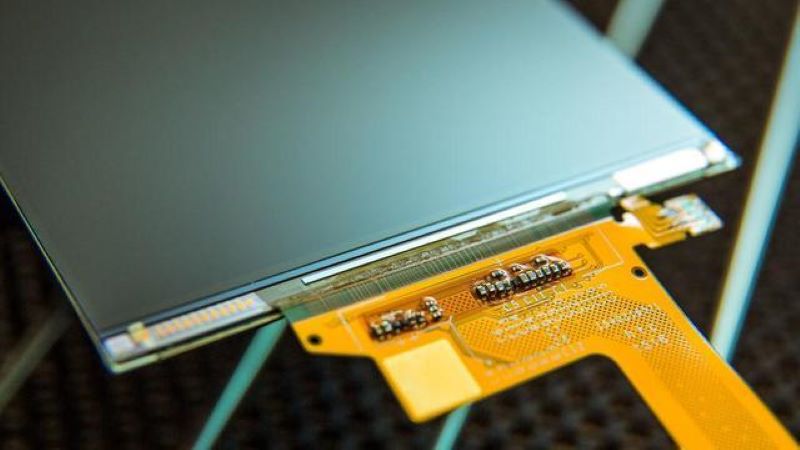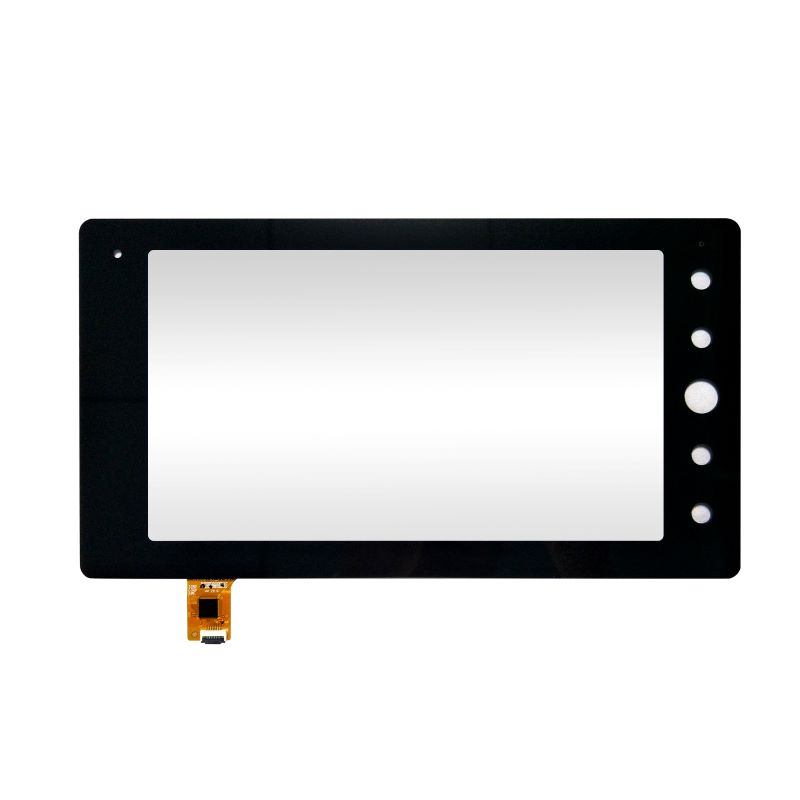Touch panels have become integral to our daily lives, from smartphones and tablets to industrial machines and kiosks. When performance issues arise, it can disrupt productivity and user experience. Understanding how to diagnose and resolve these problems can help restore your touch panel to optimal performance. Here’s a comprehensive troubleshooting guide to address common touch panel performance issues.
1. Unresponsive or Erratic Touch Input
Problem: The touch panel does not respond to touch or behaves erratically.
Solution:
- Clean the Screen: Dirt, dust, or smudges can affect touch sensitivity. Use a microfiber cloth and a screen-safe cleaning solution to gently wipe the surface.
- Remove Screen Protector: If you’re using a screen protector, it may interfere with touch accuracy. Try removing it to see if performance improves.
- Restart the Device: Sometimes, a simple restart can resolve temporary glitches affecting touch responsiveness.
- Check for Interference: Ensure that no external factors, such as moisture or static electricity, are affecting the panel. Dry the screen if it's wet and remove any sources of static electricity.
- Calibrate the Touch Panel: Many devices offer calibration settings for the touch screen. Access the calibration tool in your device settings to adjust the touch sensitivity.
2. Inaccurate Touch Position
Problem: Touch input does not correspond to the area where you touch the screen.
Solution:
- Recalibrate the Touch Panel: Access the calibration settings in your device or touch panel software. Follow the on-screen instructions to recalibrate and improve touch accuracy.
- Update Drivers or Firmware: Ensure that you have the latest drivers or firmware updates for your touch panel. Outdated software can lead to performance issues. Visit the manufacturer’s website for updates and installation instructions.
- Check for Screen Damage: Physical damage or defects in the screen can cause touch inaccuracies. Inspect the screen for any visible cracks or malfunctions and consider professional repair or replacement if needed.
3. Touch Panel Flickering or Ghost Touches
Problem: The touch panel flickers or registers touches in unintended areas (ghost touches).
Solution:
- Inspect the Hardware: Loose or damaged connections can cause flickering or ghost touches. Check internal connections if you are comfortable doing so or seek professional assistance.
- Update or Reinstall Drivers: Outdated or corrupted drivers can lead to erratic touch behavior. Update your drivers or reinstall them to ensure optimal performance.
- Check for Software Conflicts: Certain software applications or settings may interfere with touch panel functionality. Test the panel in safe mode or with minimal software running to identify any conflicts.
4. Slow or Lagging Touch Response
Problem: The touch panel responds slowly to input, affecting usability.
Solution:
- Close Background Applications: Excessive background processes can slow down the device’s performance. Close unnecessary applications to free up system resources.
- Check System Performance: Ensure that your device’s hardware is functioning properly. Low memory or processing power can impact touch panel performance. Consider upgrading hardware or optimizing system settings.
- Update Software: Ensure that your operating system and touch panel software are up to date. Updates can improve performance and address known issues.
5. Touch Panel Not Detecting Input
Problem: The touch panel fails to detect any input at all.
Solution:
- Restart the Device: A restart can often resolve issues where the touch panel is completely unresponsive.
- Check for Physical Obstructions: Ensure there are no obstructions or debris between the touch panel and your fingers.
- Inspect Power Supply: For touch panels integrated into larger systems, ensure that the power supply is stable and providing adequate power.
- Perform a Hard Reset: If restarting the device doesn’t work, perform a hard reset according to the manufacturer’s instructions. This can help resolve deeper system issues affecting touch input.
6. Issues with Multi-Touch Functionality
Problem: The touch panel does not recognize multiple touch points simultaneously.
Solution:
- Check Device Specifications: Ensure that your device or touch panel supports multi-touch functionality. Some older models may have limitations.
- Update Drivers or Firmware: Multi-touch issues can sometimes be resolved by updating drivers or firmware. Check the manufacturer’s website for updates and installation instructions.
- Calibrate Multi-Touch Settings: Access the multi-touch calibration settings in your device’s configuration menu to adjust sensitivity and functionality.
7. Environmental Factors Affecting Performance
Problem: Environmental factors such as temperature, humidity, or lighting conditions affect touch panel performance.
Solution:
- Adjust Environmental Conditions: Ensure that the touch panel is used in optimal conditions. Avoid exposing it to extreme temperatures or high humidity.
- Improve Lighting: Poor lighting conditions can impact touch panel visibility and performance. Use adequate lighting to improve screen clarity and touch accuracy.
- Protect from Direct Sunlight: Direct sunlight can cause glare and affect touch panel performance. Position the touch panel away from direct sunlight or use a screen cover to reduce glare.
8. Regular Maintenance and Cleaning
Problem: Accumulation of dirt and grime affects touch panel performance.
Solution:
- Regular Cleaning: Clean the touch panel regularly using a microfiber cloth and a screen-safe cleaner. Avoid abrasive materials or excessive moisture.
- Inspect for Wear and Tear: Regularly inspect the touch panel for signs of wear and tear. Address any issues promptly to prevent further damage.
Projected Capacitive Touch Panel
Conclusion
Addressing performance issues with your touch panel involves a combination of troubleshooting, maintenance, and updates. By understanding and resolving common problems such as unresponsiveness, inaccurate touch input, and performance lag, you can ensure that your touch panel remains functional and efficient.
For additional support or specific troubleshooting advice, consult the manufacturer’s documentation or reach out to their customer service team. With proper care and attention, your touch panel can continue to deliver a smooth and responsive user experience.


